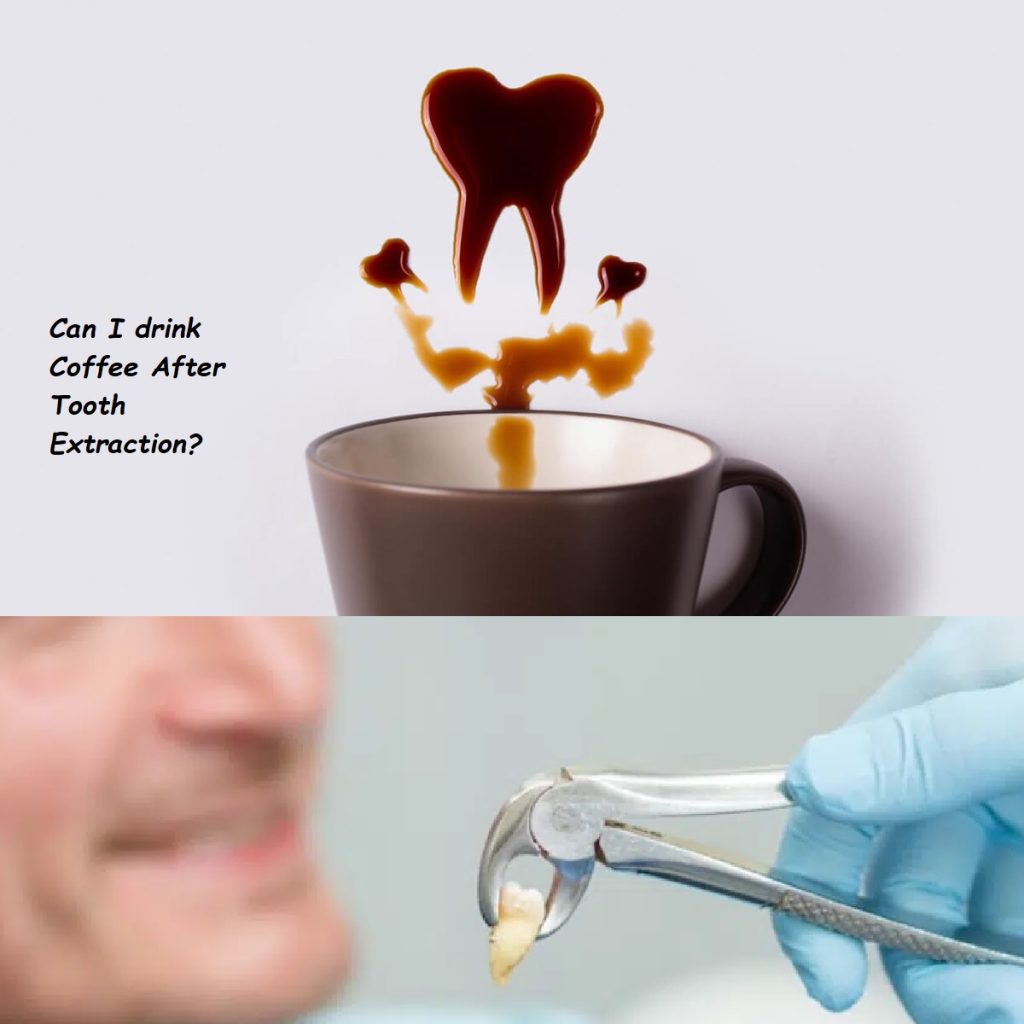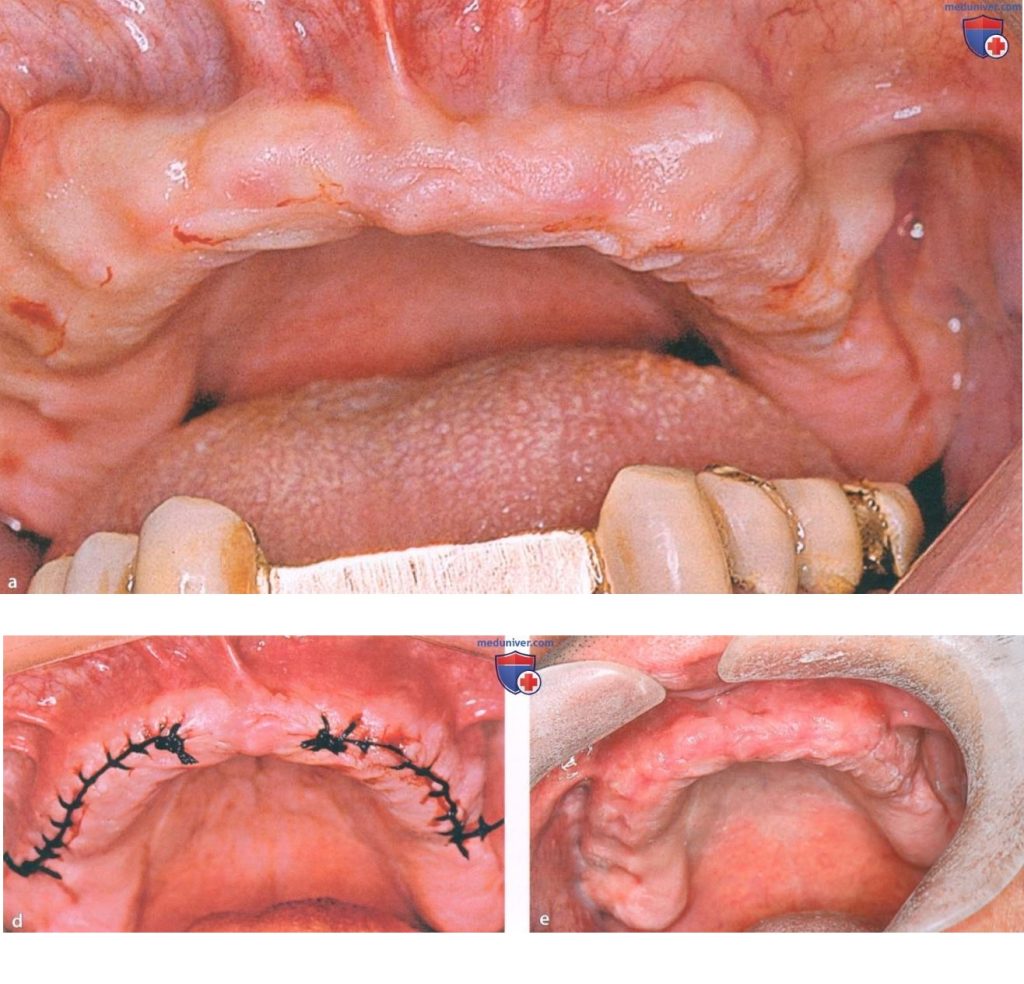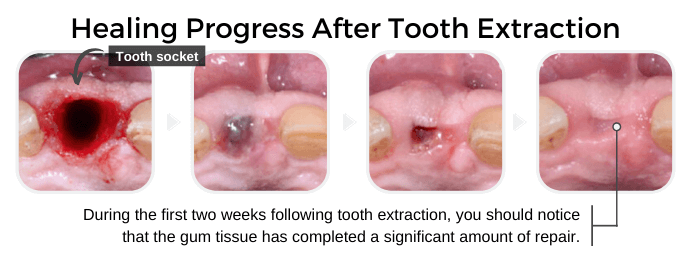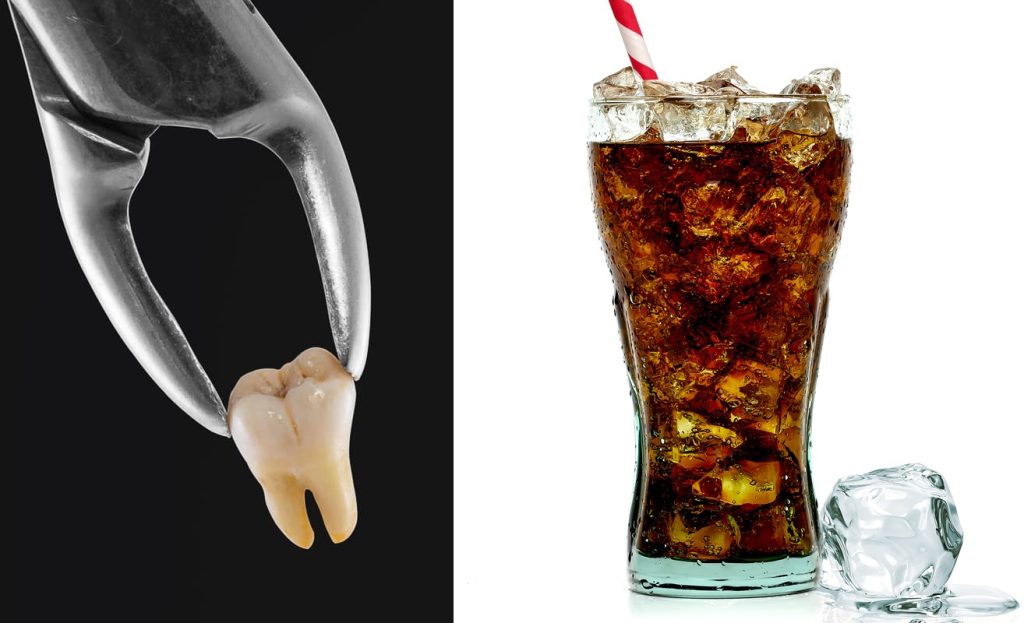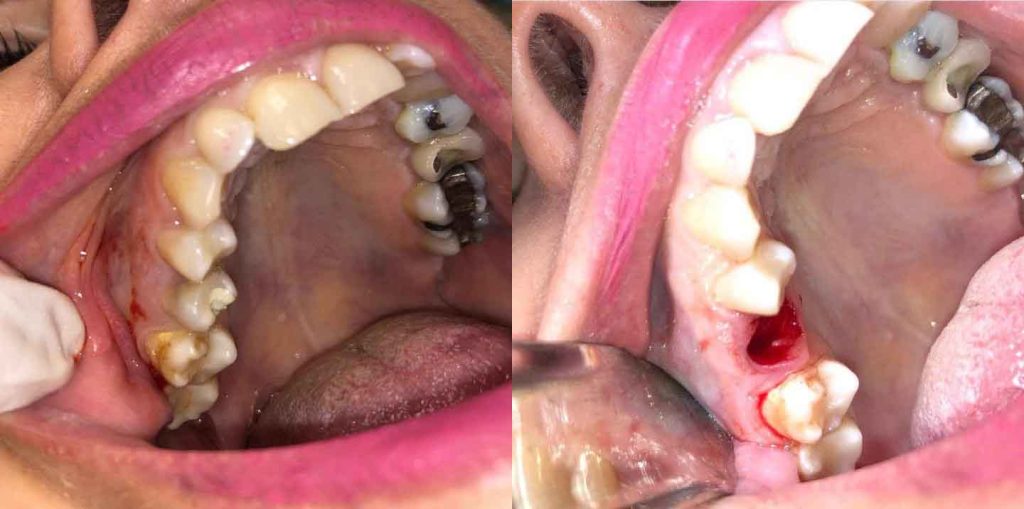are bone grafts necessary after a tooth extraction

Are Bone Grafts Necessary After a Tooth Extraction? Understanding the Purpose, Benefits, and Alternatives
Tooth extraction is a common dental procedure, but it can sometimes lead to complications or additional treatments, such as bone grafting. After a tooth is removed, the bone that once supported it can begin to deteriorate or shrink, potentially causing issues for future dental work, such as implants or dentures. This is where a bone graft may come into play. But are bone grafts necessary after every tooth extraction? The answer depends on several factors, including your dental health, the condition of your jawbone, and your plans for tooth replacement. In this guide, we’ll explore when bone grafts are necessary after a tooth extraction, the benefits they offer, and alternative options to consider.
What Is a Bone Graft?
A bone graft is a surgical procedure in which bone material is added to the jawbone to promote new bone growth. The graft can be made from your own bone (autograft), donated bone (allograft), synthetic materials, or animal bone (xenograft). The purpose of a bone graft is to rebuild and strengthen the jawbone in areas where bone loss has occurred or is likely to occur, particularly after a tooth extraction.
Why Is Bone Loss a Concern After Tooth Extraction?
When a tooth is extracted, the bone that surrounded the tooth’s root can start to deteriorate or resorb. This happens because the jawbone relies on the stimulation from the tooth’s root to maintain its density and structure. Without this stimulation, the bone begins to shrink, a process known as bone resorption. Over time, significant bone loss can occur, leading to changes in the shape of your jaw, difficulties with future dental treatments, and potential impacts on your facial appearance.
When Are Bone Grafts Necessary After a Tooth Extraction?
Bone grafts are not always necessary after a tooth extraction, but they are often recommended in certain situations to preserve the integrity of the jawbone and prepare for future dental procedures. Here are some scenarios in which a bone graft may be necessary:
1. Planning for a Dental Implant
One of the most common reasons for a bone graft after tooth extraction is the plan to place a dental implant. Dental implants require a certain amount of healthy bone in the jaw to anchor the implant securely. If there isn’t enough bone, the implant may not be stable, leading to complications or failure.
- Why It’s Necessary: A bone graft can build up the bone in the extraction site, creating a solid foundation for the future implant.
- Timing: The bone graft can be done immediately after the tooth extraction (socket preservation) or as a separate procedure later on, depending on the condition of the bone and the timing of the implant placement.
2. Preserving Bone Structure
Even if you don’t plan to get a dental implant right away, preserving the bone structure after a tooth extraction can be important for maintaining the shape of your jaw and preventing bone loss. This is especially true for front teeth, where bone loss can affect your appearance.
- Why It’s Necessary: A bone graft can help maintain the natural contour of your jawbone, preventing the sunken or collapsed appearance that can occur with bone loss.
- Timing: Bone grafts for preservation are typically performed at the time of extraction to prevent immediate bone resorption.
3. Multiple Extractions or Severe Bone Loss
If you’re having multiple teeth extracted or if you’ve already experienced significant bone loss, a bone graft may be necessary to restore the bone before considering tooth replacement options like implants or dentures.
- Why It’s Necessary: Restoring bone in these areas can improve the fit and function of dentures or provide sufficient support for multiple dental implants.
- Timing: Bone grafting may be done as part of the extraction procedure or as a separate procedure after assessing the extent of bone loss.
4. Tooth Extractions Due to Gum Disease
Gum disease (periodontitis) can lead to significant bone loss around the teeth. If a tooth is extracted due to gum disease, the surrounding bone may already be compromised, making a bone graft more likely to be necessary.
- Why It’s Necessary: A bone graft can help rebuild the bone lost due to gum disease, providing a healthier environment for future dental work.
- Timing: The graft may be done during the extraction if the bone loss is minimal or as a separate procedure if more extensive bone regeneration is needed.
5. Preventing Jawbone Atrophy
In some cases, a bone graft may be recommended to prevent long-term jawbone atrophy, even if no immediate plans for tooth replacement are in place. This is more common in younger patients or those with a higher risk of bone resorption.
- Why It’s Necessary: Preventing bone loss now can preserve future options for dental implants or other restorative treatments.
- Timing: Preventive bone grafting is usually done immediately after extraction to maximize bone preservation.
What Happens During a Bone Graft Procedure?
A bone graft procedure is typically straightforward and can often be done in conjunction with a tooth extraction. Here’s what you can expect during the process:
1. Preparation
Before the procedure, your dentist or oral surgeon will discuss your options for bone graft materials and the goals of the graft. If the graft is being done in conjunction with a tooth extraction, the extraction will be performed first.
2. Placement of the Graft
Once the tooth is extracted, the bone graft material is placed into the empty socket where the tooth root once was. The graft material helps stimulate new bone growth in the area, filling in the socket and strengthening the jawbone.
3. Securing the Graft
The graft is usually covered with a protective membrane to keep it in place and to encourage healing. In some cases, your dentist may use sutures to secure the membrane and ensure the graft remains stable.
4. Healing Process
After the graft is placed, the healing process begins. Over the next few months, your body will gradually replace the graft material with new bone. This process, called osseointegration, is crucial for creating a solid foundation for any future dental work.
- Duration: Healing can take several months, depending on the extent of the graft and your individual healing capacity.
5. Follow-Up Care
Your dentist will schedule follow-up visits to monitor the healing process and ensure that the graft is integrating properly. Once the bone has healed, you can proceed with additional dental treatments, such as implants, if planned.
Alternatives to Bone Grafts
While bone grafts are often the best option for preserving and restoring jawbone health after an extraction, there are some alternatives to consider, especially if a graft is not feasible or desirable:
1. Immediate Dental Implants
In some cases, an immediate dental implant can be placed at the time of the extraction, eliminating the need for a separate bone graft. This approach works best when there is sufficient bone around the extraction site to support the implant.
- Pros: Immediate implants can reduce treatment time and prevent bone loss.
- Cons: Not all patients are candidates for immediate implants, particularly if there is already significant bone loss or infection.
2. Ridge Preservation
Ridge preservation is a technique used to prevent bone loss immediately after a tooth extraction. It involves placing a bone substitute material into the socket to preserve the bone volume. This is similar to a bone graft but typically involves less extensive procedures.
- Pros: Ridge preservation can be a less invasive alternative to full bone grafting and is often sufficient for maintaining bone structure for future implants.
- Cons: It may not be as effective as a full bone graft in cases of significant bone loss.
3. Dentures or Bridges
If you’re not planning to get a dental implant, dentures or bridges can be used to replace missing teeth without the need for a bone graft. However, these options do not prevent bone loss over time and may require adjustments as the bone continues to resorb.
- Pros: Dentures and bridges are less invasive and do not require bone grafting.
- Cons: They do not stimulate bone growth, and bone loss may continue, potentially affecting the fit of dentures over time.
Benefits of Bone Grafts
Bone grafts offer several significant benefits, particularly for patients planning future dental implants or those concerned about long-term oral health. Here are some key benefits:
1. Preservation of Jawbone Structure
Bone grafts help maintain the height, width, and volume of the jawbone after a tooth extraction, preventing the jawbone from shrinking or atrophying over time. This preservation is crucial for maintaining the natural contours of your face and jawline.
2. Improved Implant Success Rate
For patients planning to receive dental implants, bone grafting can significantly improve the success rate of the implant. A strong, healthy jawbone provides a stable foundation for the implant, reducing the risk of implant failure.
3. Prevention of Further Dental Issues
By preventing bone loss, a bone graft can also help prevent other dental issues, such as shifting of nearby teeth, changes in bite alignment, and difficulties with dentures or other restorations.
4. Enhanced Aesthetic Outcomes
Bone grafts contribute to better aesthetic outcomes by preserving the natural appearance of the gums and jawline. This is especially important for front teeth, where bone loss can lead to visible changes in your smile.
Frequently Asked Questions About Bone Grafts After Tooth Extraction
Q: Are bone grafts painful?
A: The bone graft procedure is typically done under local anesthesia, so you shouldn’t feel pain during the process. After the procedure, some discomfort or swelling is normal, but this can usually be managed with over-the-counter pain relievers. Your dentist will provide aftercare instructions to help you manage any post-operative discomfort.
Q: How long does it take to recover from a bone graft?
A: Initial recovery from a bone graft usually takes about one to two weeks, during which you may experience some swelling, bruising, and discomfort. However, the full healing process, during which new bone forms and integrates with the graft, can take several months.
Q: Can I get a dental implant without a bone graft?
A: It’s possible to get a dental implant without a bone graft if you have sufficient bone density and volume at the implant site. Your dentist will evaluate your jawbone with X-rays or CT scans to determine whether a graft is necessary.
Q: How much does a bone graft cost?
A: The cost of a bone graft can vary widely depending on the type of graft material used, the complexity of the procedure, and your geographic location. On average, a bone graft can range from $300 to $3,000. Your dentist can provide a detailed cost estimate during your consultation.
Q: Are there risks associated with bone grafting?
A: As with any surgical procedure, there are risks associated with bone grafting, including infection, graft rejection, and delayed healing. However, these risks are relatively low, and most patients experience successful outcomes. Your dentist will discuss any potential risks and how they can be minimized.
Conclusion: Deciding on Bone Grafts After Tooth Extraction
Bone grafts are a valuable tool in modern dentistry, particularly for patients who are planning dental implants or want to preserve their jawbone after a tooth extraction. While not every extraction requires a bone graft, the procedure can offer significant benefits in terms of bone preservation, dental health, and future treatment options.
If you’re facing a tooth extraction and are unsure whether a bone graft is necessary, it’s important to discuss your options with your dentist or oral surgeon. They can assess your individual needs, evaluate the condition of your jawbone, and recommend the best course of action to ensure a healthy, functional, and aesthetically pleasing outcome.
By understanding the purpose and benefits of bone grafting, you can make an informed decision that supports your long-term dental health and helps you achieve the best possible results from your dental care.



